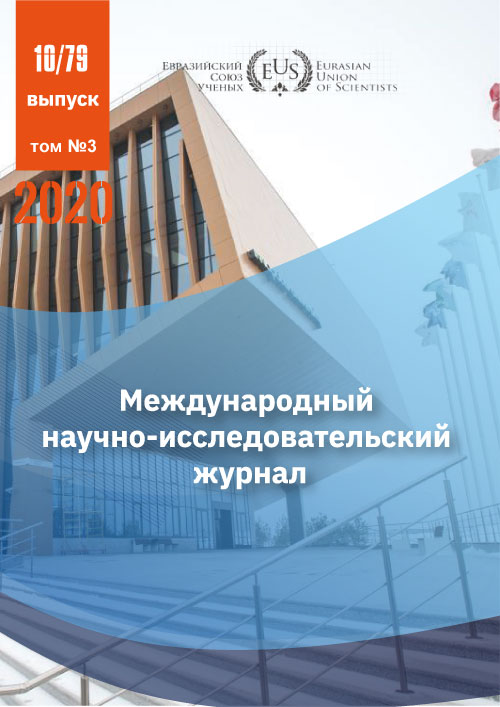DIAGNOSIS OF ANTERIOR ABDOMINAL WALL DEFORMATION
Abstract
The analysis of clinical and anthropometric data of 104 patients with various variants of deformation of the anterior abdominal wall is presented. The first group included 39 (37.5%) patients with postpartum abdominoptosis, the cause of which was the deformation of the anterior abdominal wall due to pregnancy and childbirth. The second group consisted of 31 (29.8%) patients whose anterior abdominal wall deformation was caused by the consequences associated with local obesity. The third group included 34 (32.7%) patients with postoperative cicatricial deformation of the anterior abdominal wall.
It has been proven, that the assessment of clinical and anthropometric data in patients with different types of AAW deformation allows one to determine the most key criteria separately for alimentary, postpartum and postoperative abdominoptosis. In general, the assessment of the indicators we propose based on the determination of clinical and anthropometric data and the degree of deformation of the anterior abdominal wall, in our opinion, will improve the accuracy of its diagnosis, the choice of the optimal variant of surgical correction, thereby increasing the aesthetic and functional efficiency of the results of operations.
References
2. Dedova I.I., Mel'nichenko G.A. Ozhirenie. Jetiologija, patogenez, klinicheskie aspekty // Medicinskoe informacionnoe agentstvo. – М., 2004. – P.19-20.
3. Mishalov V.G, Balaban O.B, Nazarenko I.A. Algoritm vybora metoda abdominoplastiki. 2-Central'naja Aziatskaja Konferencija - Tashkent, 2010. -P.12.
4. Nudel'man S V., Prudnikov A.I. Bezopasnyj podhod dlja dostizhenija optimal'nyh konturov tela u tuchnyh pacientov // Sb. tezisov. Plasticheskaja hirurgija i jesteticheskaja dermatologija. - Jaroslavl', 2003. - P. 141-142.
5. Okhunov A.O., Pulatov U.I., Marupov I.O., Okhunova D.A. Anthropometric changes in different types of deformation of the anterior abdominal wall // Vestnik nauki i obrazovanija, 2018 – 9(45).-P.73
6. Sidorenkov D.A. Plasticheskaja, jesteticheskaja hirurgija v lechenii ozhirenija. -М.,2004. -P.431.
7. Jashkov Ju.I. Hirurgicheskie metody lechenija ozhirenija. //V kn.: Ozhirenie, Metabolicheskij sindrom. Saharnyj diabet 2 tipa. -М.,2000. -P.12.
8. Hafez F, Nouhi AH. Abdominoplasty and seroma (letter). Ann Plast Surg. 48:109. 2002.
9. Pollack H., Pollack T. Progressive tension sutures: A technique to re duce local complications in abdominoplasty // Plast. Reconstr. Surg. - 2000. - Vol. 105.-N. 9. - P. 2583-2586.
10. Samra S, Sawh-Martinez R. complications rates of lipoabdominoplasty versus traditional abdominoplasty in high-risk patients. Plast Reconstr Surg. 125:683 2010.
11. Uebel CO. Minilipoabdominoplasty – it’s evolution. Lipoabdominoplasty. Di Livros pp 73-85 2004.
CC BY-ND
A work licensed in this way allows the following:
1. The freedom to use and perform the work: The licensee must be allowed to make any use, private or public, of the work.
2. The freedom to study the work and apply the information: The licensee must be allowed to examine the work and to use the knowledge gained from the work in any way. The license may not, for example, restrict "reverse engineering."
2. The freedom to redistribute copies: Copies may be sold, swapped or given away for free, in the same form as the original.







